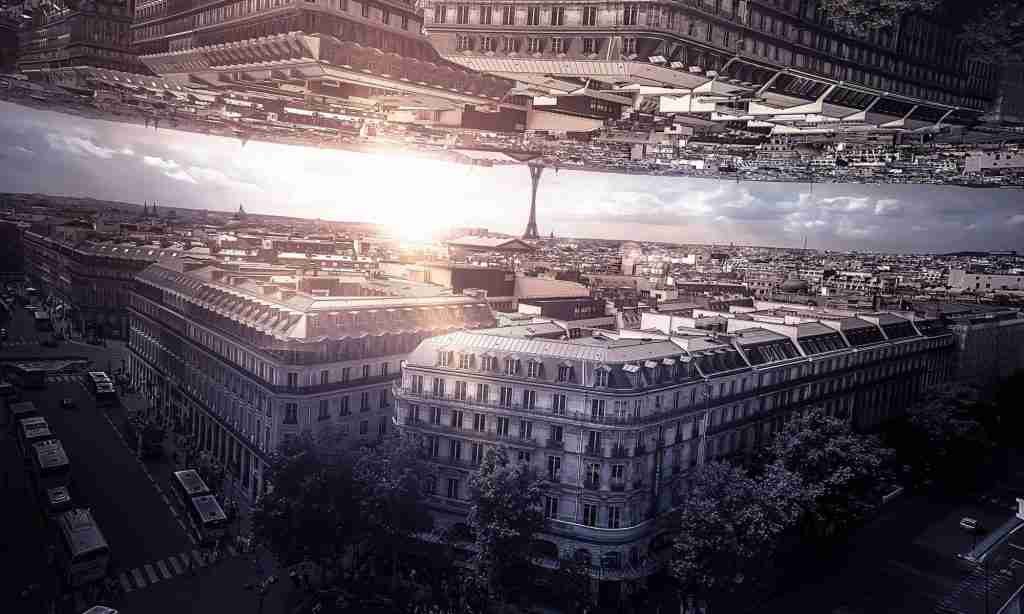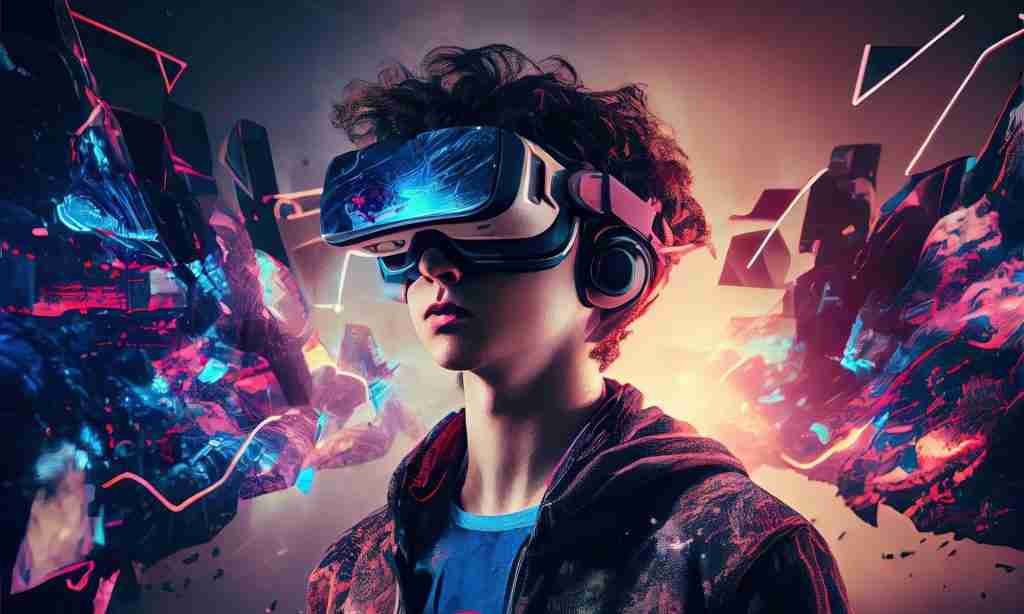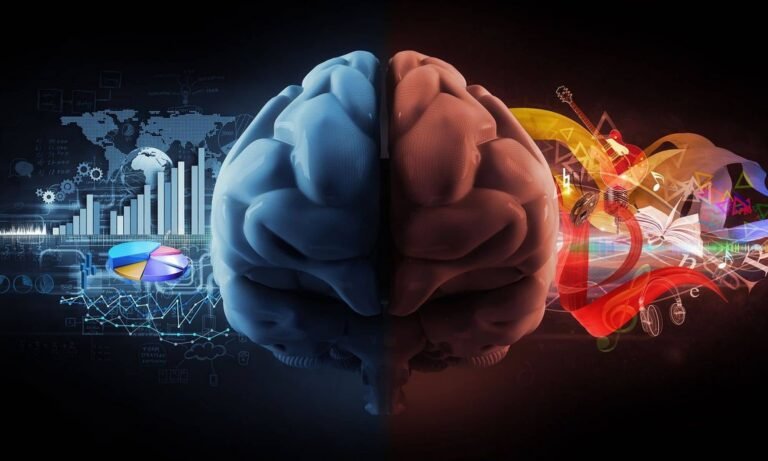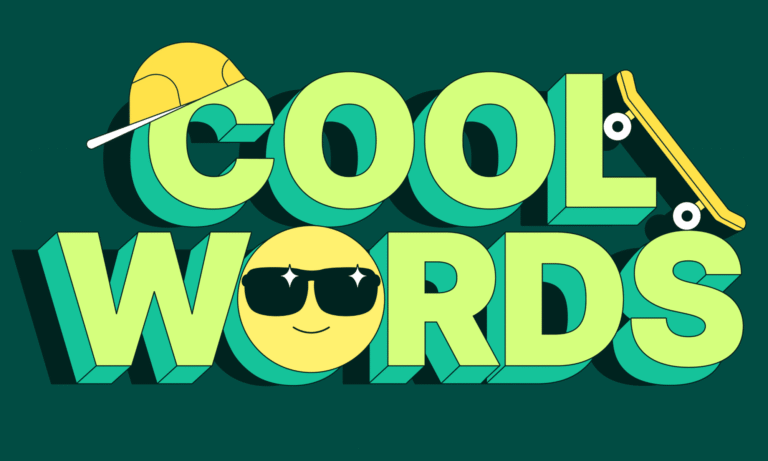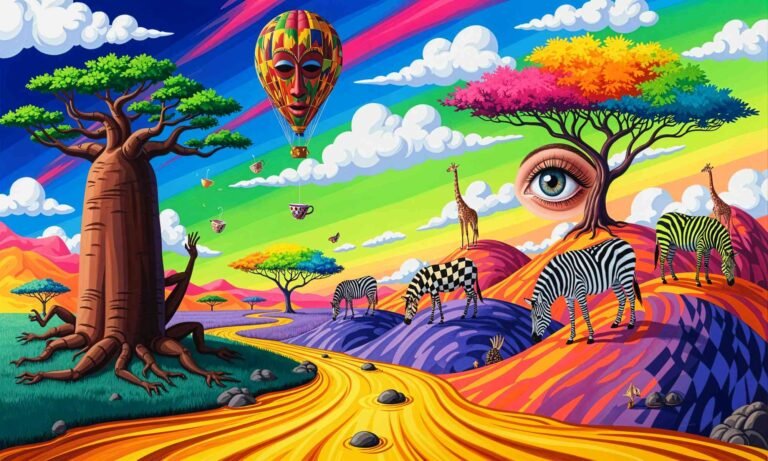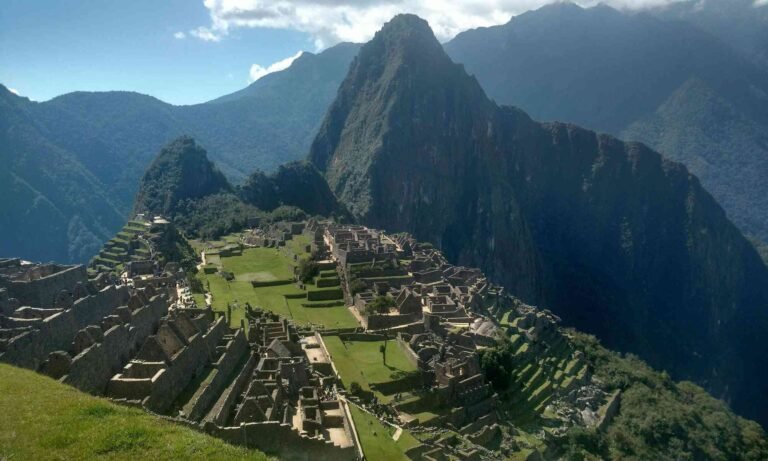The Historical Roots of Magic
The origins of magic are deeply rooted in the early civilizations of humanity, where it served as a vital cultural component. In ancient societies, magic was often intertwined with religion and spirituality, allowing practitioners to access unseen realms. Shamanistic practices emerged in various cultures, as shamans engaged in rituals to heal, predict the future, and connect with ancestral spirits. These early forms of magic were crucial in shaping social norms and beliefs, as they provided explanations for natural phenomena and unexplainable events.
Moving through history, different cultures interpreted magic through various lenses. In ancient Egypt, for instance, magic was seen as a divine gift, closely linked to the gods and the afterlife. Similarly, in Mesopotamia, magical texts thought to invoke evil spirits or protect from misfortune played a significant role in daily life. The Greeks and Romans incorporated magic into their philosophical discussions, leading to the differentiation between ‘natural’ and ‘ceremonial’ magic, which further split into the realms of science and the mystical arts.
As societies evolved, so too did the conception of magic. During the Middle Ages in Europe, magical practices became tied to superstition and witchcraft, often viewed with suspicion and fear. This period saw the persecution of those accused of witchcraft, significantly impacting societal views on magic. However, with the Renaissance came a renewed interest in magic, emphasizing the theatrical and performative aspects. Legendary figures like Harry Houdini and Mimi Spirit demonstrated how magic could enchant audiences, transforming it into a form of entertainment rather than fear or suspicion.
Throughout history, magic has transcended mere illusion, shaping cultures, beliefs, and entertainment. The continuing evolution from ancient shamanistic rituals to modern-day performances illustrates magic’s enduring impact on human experience, reflecting the complexities of cultural interpretations across eras. This intricate tapestry of historical roots is pivotal in understanding magic’s place in today’s society.
The Science Behind the Illusion
The world of magic often blurs the line between reality and illusion, captivating audiences with experiences that seem impossible. At the core of these performances lies intricate psychological and scientific principles that magicians adeptly exploit.
Understanding these cognitive processes can reveal the artistry behind a magician’s craft. Two fundamental aspects are perception and attention, both of which play crucial roles in how we interpret the world around us.
Perception is our brain’s way of organizing and interpreting sensory information. Magicians often manipulate this by presenting stimuli in ways that lead audiences to form incorrect conclusions. For instance, by altering the context in which an object is viewed, magicians can create perceptions that diverge from reality. This phenomenon is frequently associated with optical illusions, where visual information can mislead the audience into seeing something that isn’t present. Furthermore, the brain’s reliance on prior knowledge can be exploited; by creating scenarios that align with familiar experiences, magicians can lead audiences down misleading paths of thought.
Attention, another significant factor, plays a vital role in ensuring that audiences focus on the intended aspects of a performance while overlooking key details. This technique is known as misdirection, a staple in magic. By directing attention away from the critical elements, magicians can execute their tricks without revealing the underlying mechanisms. Sleight of hand is one of the most common methods employed, requiring not only dexterity and practice but also an acute awareness of audience psychology. The magician’s ability to anticipate the audience’s reactions allows for a seamless execution of complex tricks.
In summary, magic is not merely about performing tricks; it hinges on a deep understanding of human psychology and the cognitive processes of perception, attention, and memory. These elements work symbiotically to create the wonder and astonishment that define magical experiences, allowing both the performer and the audience to engage in a dance of illusion and amazement.
“It’s still magic even if you know how it’s done.”
– Terry Pratchett
Different Types of Magic: Beyond the Stage
Magic, in its many forms, captivates audiences worldwide and transcends cultural boundaries. The classification of magic can be broadly divided into several distinct categories, each with its unique characteristics and renowned practitioners.
One prevalent form is stage magic, which often involves grand illusions and elaborate performances. Stage magicians like David Copperfield and Penn & Teller exemplify this tradition, mesmerizing viewers with their extravagant setups and theatrical presentations.
Close-up magic, on the other hand, provides an intimate experience, often performed just inches away from the audience. This type of magic, popularized by illusionists such as Dynamo and Ricky Jay, relies heavily on sleight of hand and misdirection, creating a personal connection between the magician and the spectators.
Mentalism, which focuses on psychological trickery and mind reading, stands apart as a cerebral form of magic. Renowned mentalists like Derren Brown and Uri Geller have established themselves with performances that leave audiences questioning the boundaries of perception and reality.
Street magic, characterized by its spontaneous and urban backdrop, emphasizes accessibility and audience interaction. Performers like David Blaine have gained fame through their ability to astonish passersby with impromptu tricks and feats that defy explanation. This form of magic democratizes the experience, allowing anyone to engage with the inexplicable.
Beyond performance, magic holds cultural importance in rituals and folklore. From ancient shamanistic practices to contemporary psychic readings, the roots of magic intertwine with humanity’s quest to understand the supernatural. Historically, these practices gave communities a sense of control over life’s uncertainties and connected them to their cultural narratives. Today, forms like escapology and psychic readings entertain and reflect society’s fascination with the unexplained, cementing magic’s enduring relevance across cultures.
The Future of Magic: Trends and Innovations
As we look towards the future of magic, it is essential to consider how rapidly evolving technology is reshaping this captivating art form. The integration of augmented reality (AR) into magical performances is becoming more prevalent, allowing magicians to create immersive experiences that blend the physical and digital worlds. AR technology can elevate traditional illusions, expanding the boundaries of creativity and audience engagement. This innovation enables magicians to captivate audiences with visually striking effects that were previously unimaginable, thus setting a new standard for performances.
Moreover, the rise of digital illusions is transforming how magic is perceived and executed. With the advent of advanced software and virtual platforms, magicians can perform elaborate tricks that incorporate elaborate graphics and real-time audience interactions. This shift towards digital magic is not merely a trend but represents a significant transition in how magic is presented, facilitating performances that reach a global audience without the constraints of physical locations. As performers explore these new mediums, their ability to connect with audiences grows exponentially.
The growth of online magic communities further influences the future of this art form. Following the pandemic, virtual performances have surged in popularity, providing a platform for magicians to showcase their talents and connect with fans from all around the world. This shift has cultivated a diverse and vibrant online atmosphere where magicians can exchange ideas, collaborate, and support one another. The digital landscape allows emerging talent to gain visibility and develop their unique styles, ensuring that the next generation of magicians will be equipped to innovate and adapt to the evolving demands of their audiences.
In conclusion, as technology continues to advance, it is clear that the future of magic is intertwined with these innovations. The integration of augmented reality and digital performances, combined with a thriving online community, promises to shape new trends in the world of magic, inspiring magicians to push the boundaries of their craft like never before. The evolution of magic will continue to captivate and astonish audiences, blending the wonder of illusion with the marvels of modern technology.
“Magic is believing in yourself, if you can do that, you can make anything happen.”
– Johann Wolfgang von Goethe
What’s More
The posts in My Blog feature reflective, story-driven pieces rooted in personal and societal insights.
The topics in My Interests explore abstract, philosophical ideas and their cultural and societal impact.
👁️ 9,517 Views



